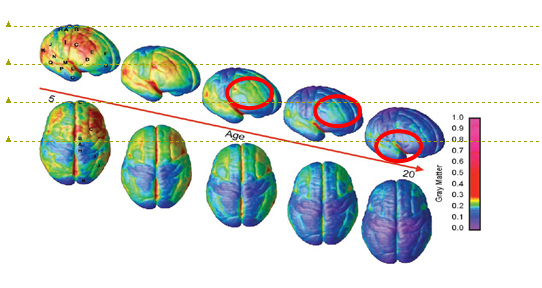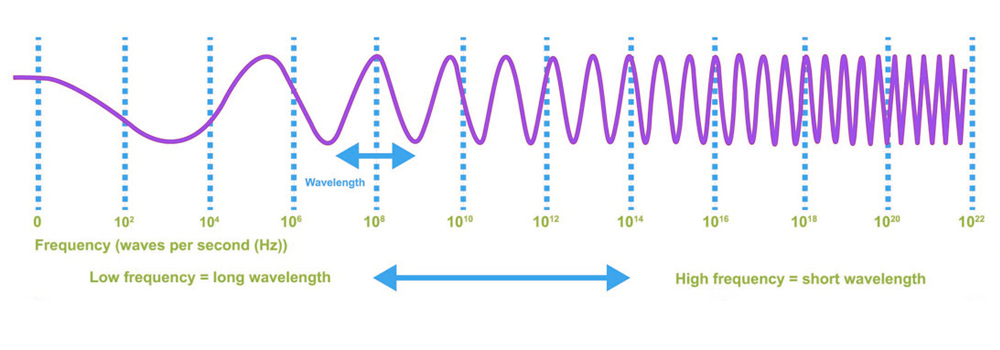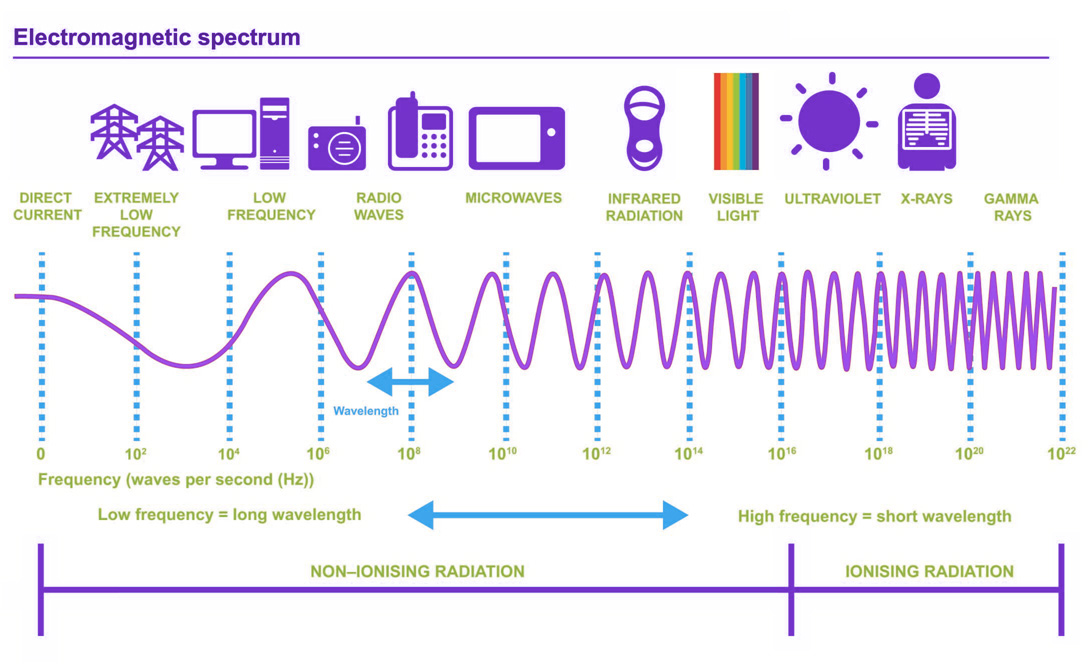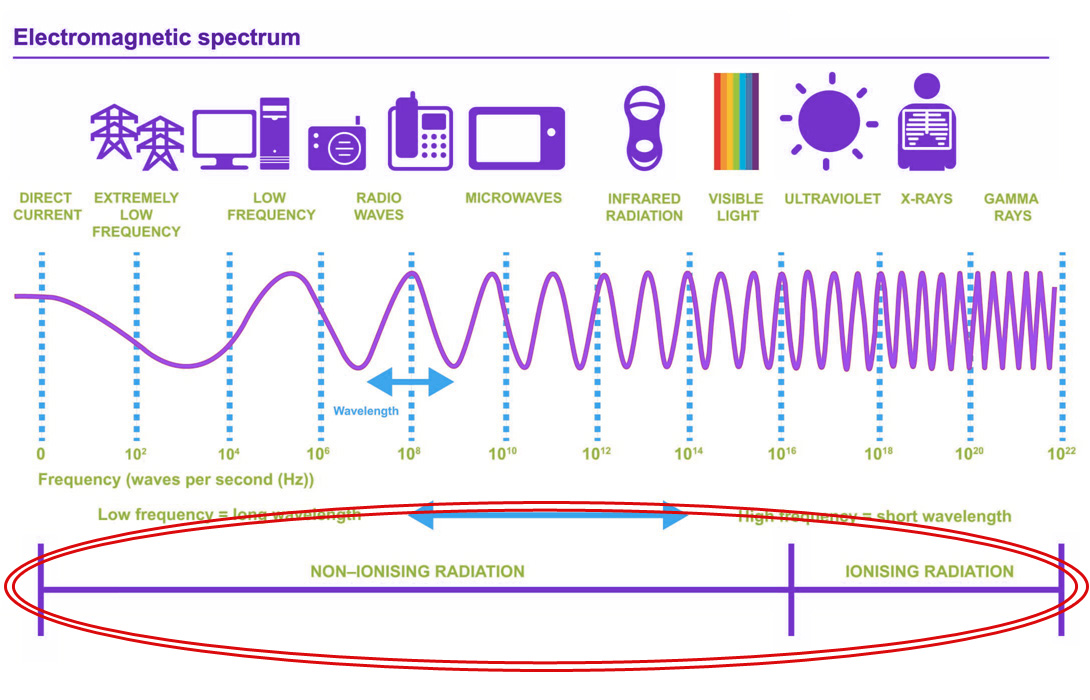Do you have a specific question? Find the answer below:
In 2000, The Stewart Report provided reassurance about the safety of mobile phones (and radio frequency (RF) exposure) for short term health outcomes in adults, however, advised a precautionary approach in relation to children and concluded that:
“…children may be more vulnerable because of their developing nervous system, the greater absorption of energy in the tissues of the head, and a longer lifetime of exposure… widespread use of mobile phones by children for non-essential calls should be discouraged”.
The International Commission on Non-Ionising Radiation Protection (ICNIPR), World Health Organisation (WHO) and European Commission all state that the evidence suggests that Electromagnetic Fields below the international recommended limits do not appear to have any known adverse consequences of health. Radiofrequency (RF) fields are still classified as “possibly carcinogenic (Group 2B)” by the International Agency for Cancer. However, this guidance is still uncertain.
In 2010, the WHO published a new research agenda for RF fields and highlighted that: “it is still an open question whether children are more susceptible to radiofrequency and electromagnetic fields since the brain continues to develop during childhood and adolescence.” (WHO Research Agenda for Radiofrequency Fields, 2010: 14), ranking “prospective cohort studies of children and adolescents”, including neurocognitive and behavioural outcomes, as the “highest priority research need”.
Despite this open question, approximately 80% of secondary schools make use of wireless network technology, and 70% of 11-12 year olds have a mobile phone – these technologies are now part of our children’s daily life.
SCAMP is the largest study in the world of how mobile phones or other wireless devices (such as tablets, laptops, cordless phones) affect the development of young people’s cognitive functions (thinking abilities) develop between the ages of 11 to 14. In doing so, SCAMP will address current scientific uncertainties and directly respond to the WHO’s high priority RF research agenda.
[/toggle
In 2000, The Stewart Report provided reassurance about the safety of mobile phones (and radio frequency (RF) exposure) for short term health outcomes in adults, however, advised a precautionary approach in relation to children and concluded that:
“…children may be more vulnerable because of their developing nervous system, the greater absorption of energy in the tissues of the head, and a longer lifetime of exposure… widespread use of mobile phones by children for non-essential calls should be discouraged”.
A cohort study is a type of research study that follows the health of a group of people (a cohort) over a period of time to see how their exposures (e.g. mobile phone use) affect their outcomes (e.g. memory and problem solving). In this study, the cohort will be formed by year 7 children from participating schools.
Q. What is research?
A. Research means finding out more about something.
In the SCAMP study, we will find out more about our research question by collecting data. We will be collecting data from the school assessment and through online surveys taken at home (see the flow chart below).
The SCAMP study design
Q: What is cognitive functioning?
A: Thinking
- how we think
- how we make decisions
- how we process information
- how we remember things
– Cognitive functioning is crucial to success in most classroom settings
– For the direct learning of skills such as reading, maths and capacity to reason about abstract ideas
– But also for sitting at a desk for long periods, avoiding distractions and doing homework
Cognition is strongly linked to educational achievement and forms the building blocks for the innovative and creative potential of each individual and therefore the development of our society as a whole.
We will investigate cognitive functioning in two ways:
- Using short computer games and measuring how quickly and accurately participants complete these
- By asking questions about thoughts, feelings, how well participants remember things.
What aspects of cognition will we investigate?
Higher level cognitive functions
- Language understanding
- Attention
- Planning
- Memory
But also lower level cognition
- Visual attention
- Response speed

The cerebral cortex is the outermost layer of the brain. The figure above shows the thickness of the cerebral cortex. The more blue/purple the area, the thinner (and more adult like) the cortex is.
- The first regions to go blue are sensory motor regions
- The last regions to go blue are the lateral frontal and temporal lobes (highlighted with the circles)
The frontal and temporal lobes show the most prolonged developmental changes in brain structure. These areas continue to develop and mature during adolescence.
The frontal and temporal lobes play a key role in higher cognitive functions such as language understanding, decision making, memory and reasoning and they are in closest proximity to mobile phone when held to the ear.

- The prefrontal cortex is located in the front portion of the frontal lobe. This area supports specific cognitive functions which can be grouped under the term ‘executive functioning’ or ‘cognitive functioning’. They include things like working memory, attention, reasoning, flexibility, inhibition, and problem solving.
- The lateral temporal cortex is located in the temporal lobe and lies just behind the ears (where you hold your phone during a call). This area of the brain supports functions such as speech and auditory language comprehension (i.e. understanding and processing spoken language).
- Mobile phones and other wireless technologies (e.g. cordless phone, tablets, and laptops) are sources of electromagnetic fields.
- It is exposure to these electromagnetic fields when using a mobile phone that is of scientific interest in this study.
Mobile phones and other wireless technologies (e.g. cordless phone, tablets, and laptops) are sources of electromagnetic fields.
- Electromagnetic fields arise from both natural and man-made sources
- An electromagnetic field is a type of energy that travels in waves

- The frequency (measure in Hertz (Hz)) of radiation, is the number of waves that travel through a certain point in a given length of time
- You will probably all have heard of ‘Hz’ and ‘frequency’ before – just think of when you have tuned in a radio to an FM or AM radio station. In doing so you will have been searching for a particular frequency e.g. BBC Radio 1 on 97.7 MHz – 99.7 MHz
- Low frequency = Long wavelength; High frequency = short wavelength
- The electromagnetic spectrum is a range of all possible frequencies of electromagnetic fields
- The electromagnetic spectrum extends from extremely low frequencies (e.g. from overhead electricity power lines) with wavelengths that can be hundreds of metres long to very high frequencies (e.g. X-rays) where the wavelengths can be smaller than an atom.
- The electromagnetic spectrum is divided into different parts (e.g. visible light, radiowaves, microwaves, ultraviolet) according to the use that is made of various frequencies.
- Mobile phones belong to the radio frequency (radio wave) part of the spectrum, which is so called because these radio-frequencies are typically used for communications, e.g. radio and TV broadcasting.

Another way to divide up the electromagnetic spectrum is into ionising and non-ionising radiation
Ionising radiation
- Ionising radiation includes gamma rays, X-rays, and ultraviolet rays.
- These rays can break chemical bonds between atoms to produce ions, which is why they are called ‘ionising’.
- Scientific evidence is clear that exposure to ionising radiation can cause cancer, with risk to health depending on the dose of ionising radiation received. Risks from low doses are actually small and ionising radiation is widely used in cancer therapy.
Non- ionising radiation
- Non-ionising radiation cannot break chemical bonds, but can cause heating.
- Scientists remain uncertain as to possible health effects from non-ionising radiation.

Mobile phones and other wireless technologies belong to the radio frequency (RF) wave part of the spectrum which is so called because these radio-frequencies are typically used for communications, e.g. radio and TV broadcasting.

- Your mobile phones and other wireless technologies rely on RF waves sent to and from base stations for communication.
- When people are exposed to RF waves, they absorb some of the transmitted energy into their heads and bodies.
- The further away the mobile phone is from the user, the lower the RF exposure.
- A person texting/using the internet/using a hands free device (i.e. using the mobile phone away from the head) will have much lower exposure to RF waves than someone holding the handset against their head when making a voice call
Find Out More
For information about the current government and NHS health advice on mobile phone use for the public, including children, please see the Government website guidelines.
If you would like more information about radio frequency exposures from mobile phones and the health protection policy in the UK, please explore the links below:
- UK COSMOS website
- Electromagnetic fields – Public Health England
- International Commission on Non‐Ionizing Radiation Protection (ICNIRP)
- World Health Organisation
- Advisory Group on Non‐ionising Radiation (AGNIR)
- International Agency for Research on Cancer (IARC)
- The Department of Health & Social Care
- Centers for Disease Control and Prevention FAQs








